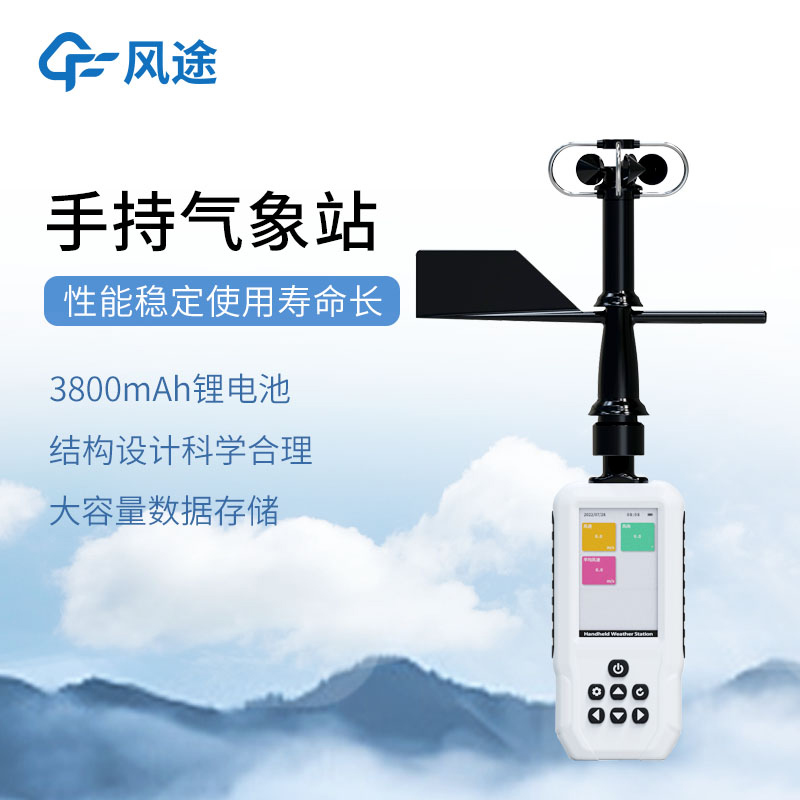Meteorological environment monitoring equipment supplier
Insist on doing high-precision customer favorite technology products
A meteorological instrument is a device used for monitoring and recording meteorological data. Common types of meteorological instruments include automatic weather stations, handheld weather instruments, and many others. Automatic weather stations are usually large in size and installed at a fixed location. They are used to continuously monitor the meteorological data of a region over a long period, such as temperature, humidity, air pressure, wind speed, wind direction, etc., providing basic data for meteorological departments to conduct weather forecasting and meteorological research. However, in some specific scenarios, people need immediate and mobile meteorological data.
For example, in agricultural production, farmers need to know the meteorological conditions of different fields at any time to accurately arrange irrigation, fertilization, and pest control work. In outdoor adventure activities such as mountaineering, participants need to adjust their routes and plans according to real-time weather conditions to ensure safety. When conducting field investigations, researchers also need to obtain immediate meteorological data at different locations for scientific research. In these situations, traditional fixed weather stations are difficult to meet the needs, and people require a device that is easy to carry and can obtain meteorological information anytime and anywhere.
The portable handheld weather station is precisely designed to meet the above portable meteorological needs. It has many advantages. Firstly, it is small in size and light in weight, and can be easily put into a backpack or pocket, making it convenient to carry to various places. Secondly, it integrates a variety of high-precision sensors, which can monitor and display multiple meteorological parameters in real time, such as temperature, humidity, air pressure, wind speed, wind direction, etc. It can also measure additional parameters such as light intensity and ultraviolet index, providing users with comprehensive meteorological information.
It is easy to operate. After simple training, users can quickly get started. By pressing a button, it can automatically collect and display the current meteorological data. The monitored data can be stored for convenient subsequent analysis, and the data can also be transmitted to devices such as computers and mobile phones via Bluetooth for remote viewing and management.
